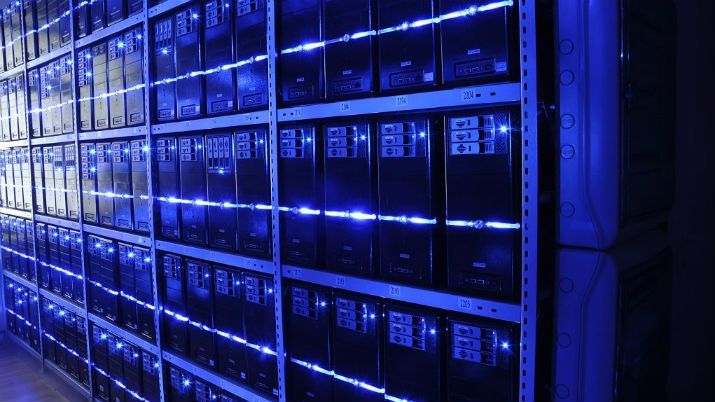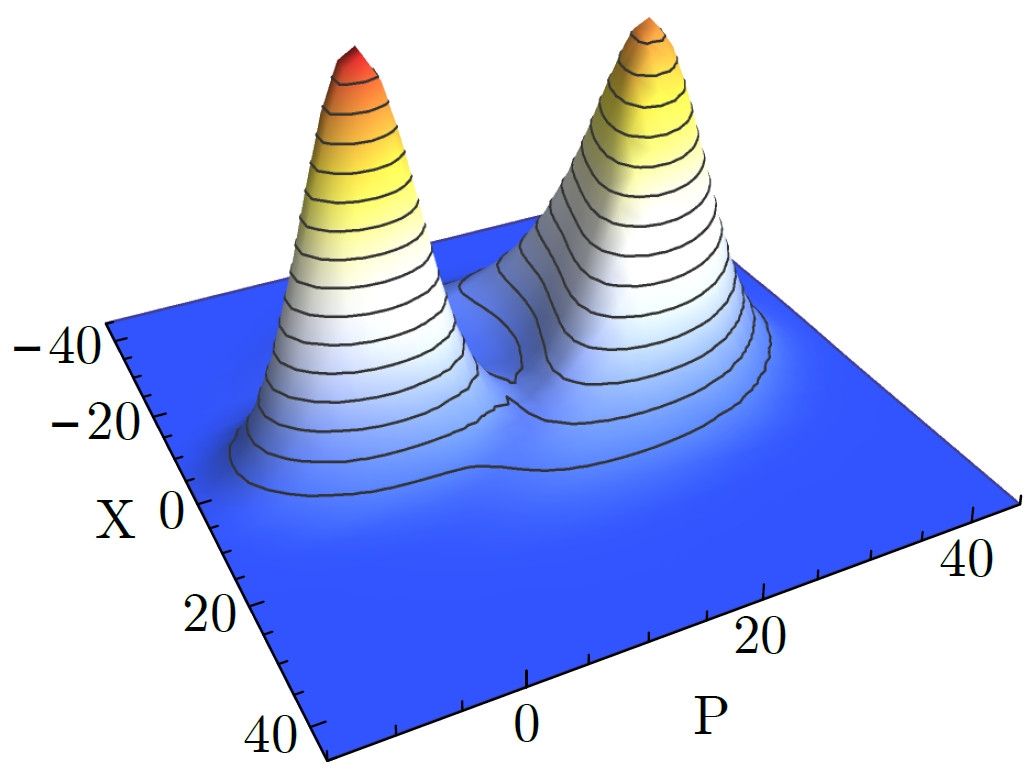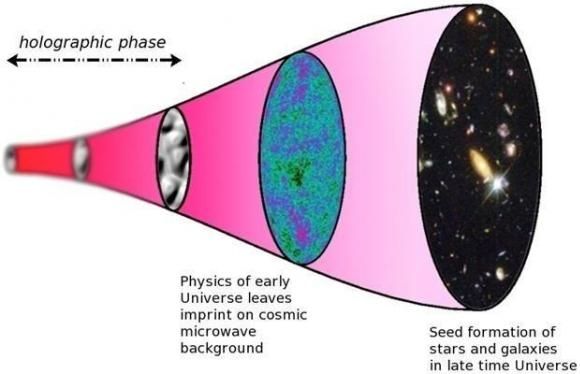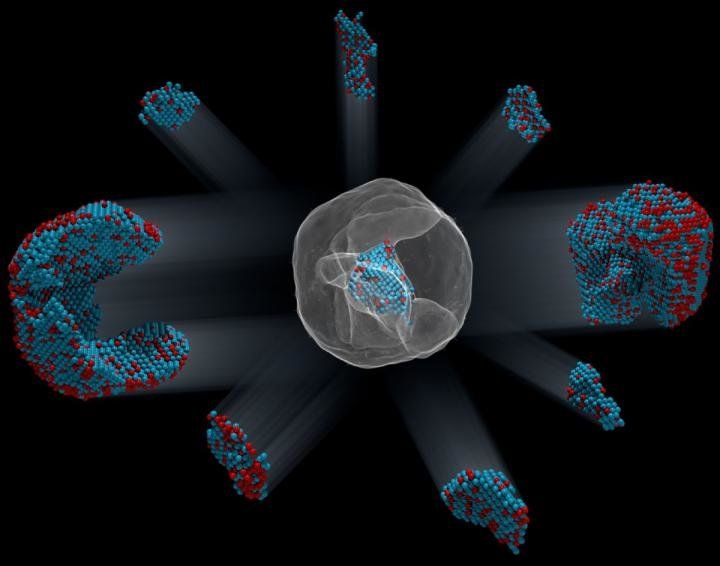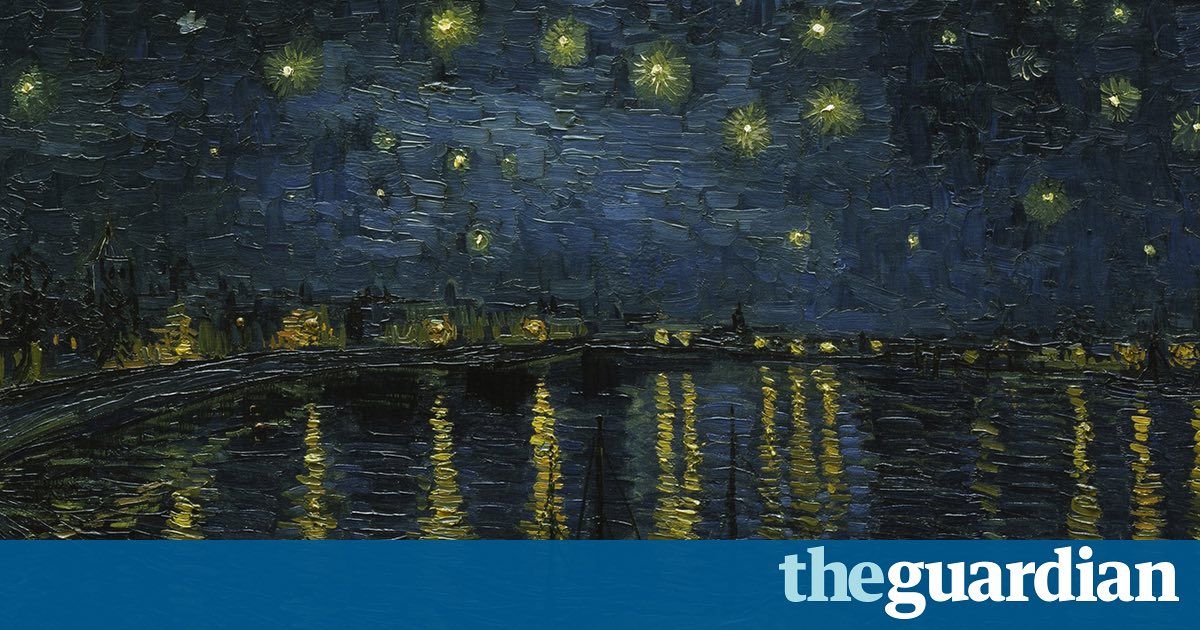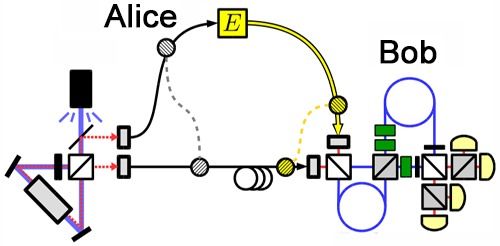Feb 2, 2017
Quantum Encryption Just Took One More Step Toward Beating Hackers
Posted by Karen Hurst in categories: cybercrime/malcode, encryption, quantum physics
Nice read on QC cryptography.
Between Russian hackers and insecure email servers, this past election has proved that cyber security is going to be extremely important moving forward. But with the advent of quantum computers, it’s only going to become harder to keep data safe from those with the motive and the right tools. Fortunately, scientists believe they may have found a solution within the same principles that guide quantum computing: quantum encryption.
To fully understand the scope of what quantum computers can do, it’s important to realize that it might take current, non-quantum computers longer than the total age of the universe to crack certain encryptions. But, as grad student Chris Pugh explained in a recent interview with Wired, quantum computers might be able to crack the same codes in “a matter of hours or days”.
Continue reading “Quantum Encryption Just Took One More Step Toward Beating Hackers” »
